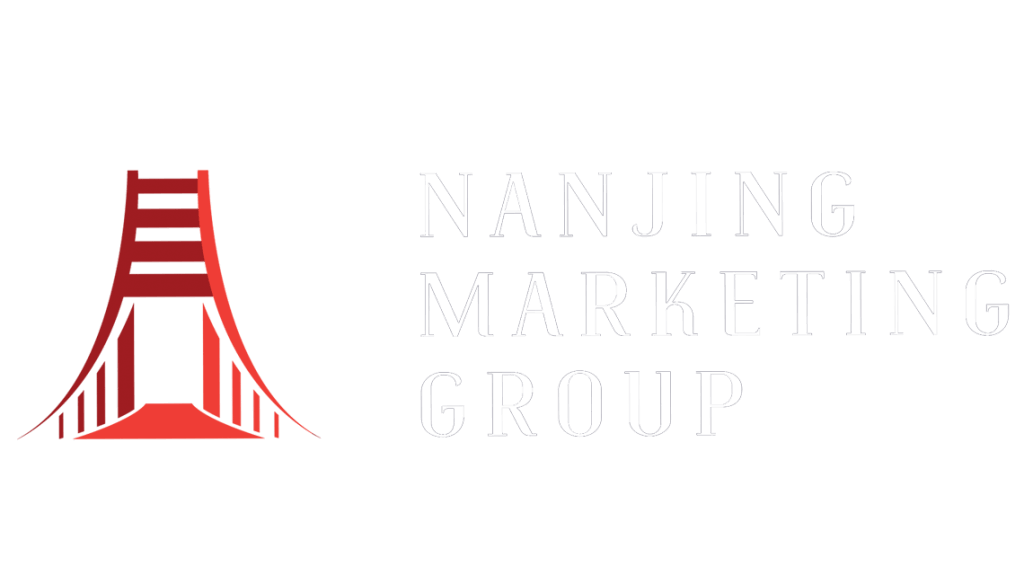This is one edition of our ten-piece B2B marketing email course.
The way we use email for marketing in China is a bit different than how we use it around the Rest of the World (RoW).
The first thing you should know is that email is not used as much in China as it is elsewhere. The typical Chinese professional will use email for work and might have a personal email account too, but they probably don’t check either account very often.
When you submit a form or register on an app/websites in the RoW, you will probably enter an email address, then receive a confirmation email. In China, many apps/websites use email as well, but it is even more common for them to use phone numbers. So Chinese users are accustomed to checking their phone SMS or emails as part of the process.
In fact, Chinese professionals are fine with checking their email when they are asked to do so. They just aren’t likely to be checking their email many times per day. They might not even have an email app on their phone either. This is different from the West, where it is the norm for professionals to check email on their phone many times per day.
For B2B marketing purposes, you can expect your Chinese target audience to open up their email in these cases:
- They have just signed up on your website and you have notified them to check their email.
- They are at work. They might open their email a few times per day or more.
- You have told them via WeChat “Hey, check your email. I sent you something.”
If you send a newsletter or other marketing communications to Chinese subscribers via email, expect the open rate to be lower than you see in other countries.
It would be possible to do marketing in China without the use of email at all. However, that could be a pain in the butt for most of our clients, because they usually prefer to keep things coordinated with one CRM.
Running Chinese marketing isn’t as simple as doing everything the Chinese way, and it also isn’t as simple as doing everything the way of your home country. A balance is required.
So, now that you know the context of email usage in China, how should you use email for B2B marketing in China?
Use it for the following reasons:
- Account signup.
- Form submission (sign up for demo, etc).
- Sending important emails in the sales process, including sum-ups of meetings, proposals, and key documents.
- Sending newsletters or drip campaigns, but only in addition to communications via WeChat.
Emails should be written in Simplified Chinese, and it’s best that they contain no images.
We’ve had clients in some industries report that Chinese users were more likely to use a fake email address to try to get access to a downloadable resource. If that’s a problem, you can consider using a tool like TheChecker to validate email addresses in the form itself, which is useful in China and the RoW.
Hopefully, you get a sense that email should be used differently in China and the RoW. That’s not just the case for email though. It’s also true for many other marketing methods. China has a parallel digital ecosystem that can be very different from everywhere else.
CHINESE CULTURE 101: CHINA AND ROW
Let’s discuss that phrase in more detail—”the RoW”, meaning “the Rest of the World”. I use this to refer to every place that is not China. I’m talking about countries and regions that are mostly part of the same digital ecosystem. The majority of people in the world use Google, Facebook, Instagram, WhatsApp, LinkedIn and a bunch of other interconnected platforms. Meanwhile, almost all of these platforms are blocked in mainland China, with the exception of LinkedIn.
It’s not just the platforms that are different between China and the RoW though. There’s also a difference in language, culture, and society. In fact, I know there are differences between all countries, and differences within countries too. Some companies have the resources to create differentiated campaigns for every country on the planet. But most companies that we work with are mid-sized enterprises. They might be questioning whether to keep their marketing unified globally or not. For companies like that, I suggest that the most useful geographic split is to differentiate between China and the RoW.
We can’t advise on the best solution for all companies, but we can give some advice based on our point-of-view. We see marketing campaigns go wrong when management tries to force the Chinese marketing strategy to mimic the marketing activities in the RoW. You’ll learn more about this in the upcoming emails.
In each email, we give a few practical tips while laying the groundwork for you to understand the big picture too.
In the next email, I’ll be talking about the super-app WeChat, which will be essential for you.
For more about Chinese B2B marketing tactics, and to sign up for the ten-email course, check here.
